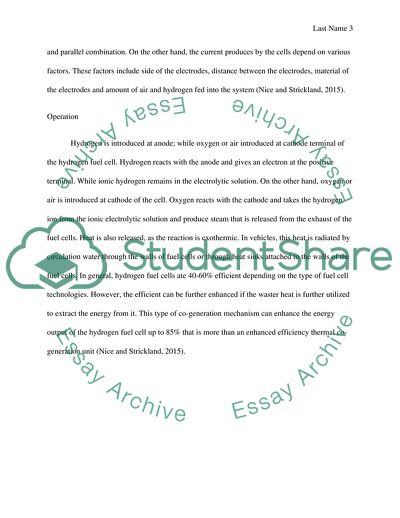Cite this document
(Innovation In Sustainable Engineering Design: Hydrogen Fuel Cells Essay Example | Topics and Well Written Essays - 1500 words - 1, n.d.)
Innovation In Sustainable Engineering Design: Hydrogen Fuel Cells Essay Example | Topics and Well Written Essays - 1500 words - 1. https://studentshare.org/engineering-and-construction/1861497-innovation-in-sustainable-engineering-design
Innovation In Sustainable Engineering Design: Hydrogen Fuel Cells Essay Example | Topics and Well Written Essays - 1500 words - 1. https://studentshare.org/engineering-and-construction/1861497-innovation-in-sustainable-engineering-design
(Innovation In Sustainable Engineering Design: Hydrogen Fuel Cells Essay Example | Topics and Well Written Essays - 1500 Words - 1)
Innovation In Sustainable Engineering Design: Hydrogen Fuel Cells Essay Example | Topics and Well Written Essays - 1500 Words - 1. https://studentshare.org/engineering-and-construction/1861497-innovation-in-sustainable-engineering-design.
Innovation In Sustainable Engineering Design: Hydrogen Fuel Cells Essay Example | Topics and Well Written Essays - 1500 Words - 1. https://studentshare.org/engineering-and-construction/1861497-innovation-in-sustainable-engineering-design.
“Innovation In Sustainable Engineering Design: Hydrogen Fuel Cells Essay Example | Topics and Well Written Essays - 1500 Words - 1”. https://studentshare.org/engineering-and-construction/1861497-innovation-in-sustainable-engineering-design.


